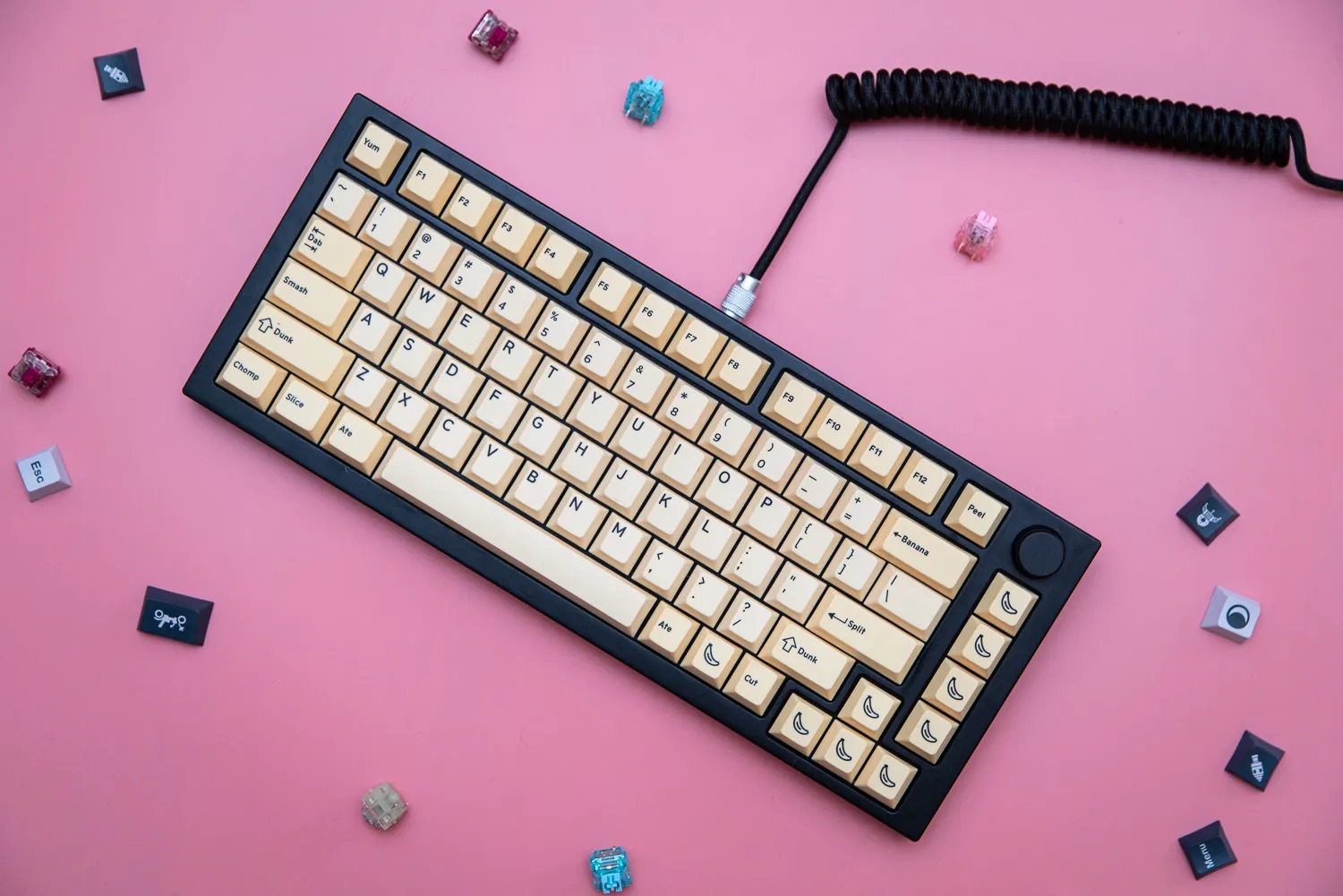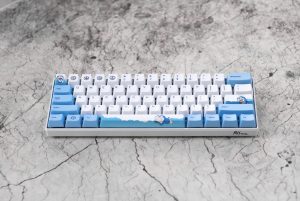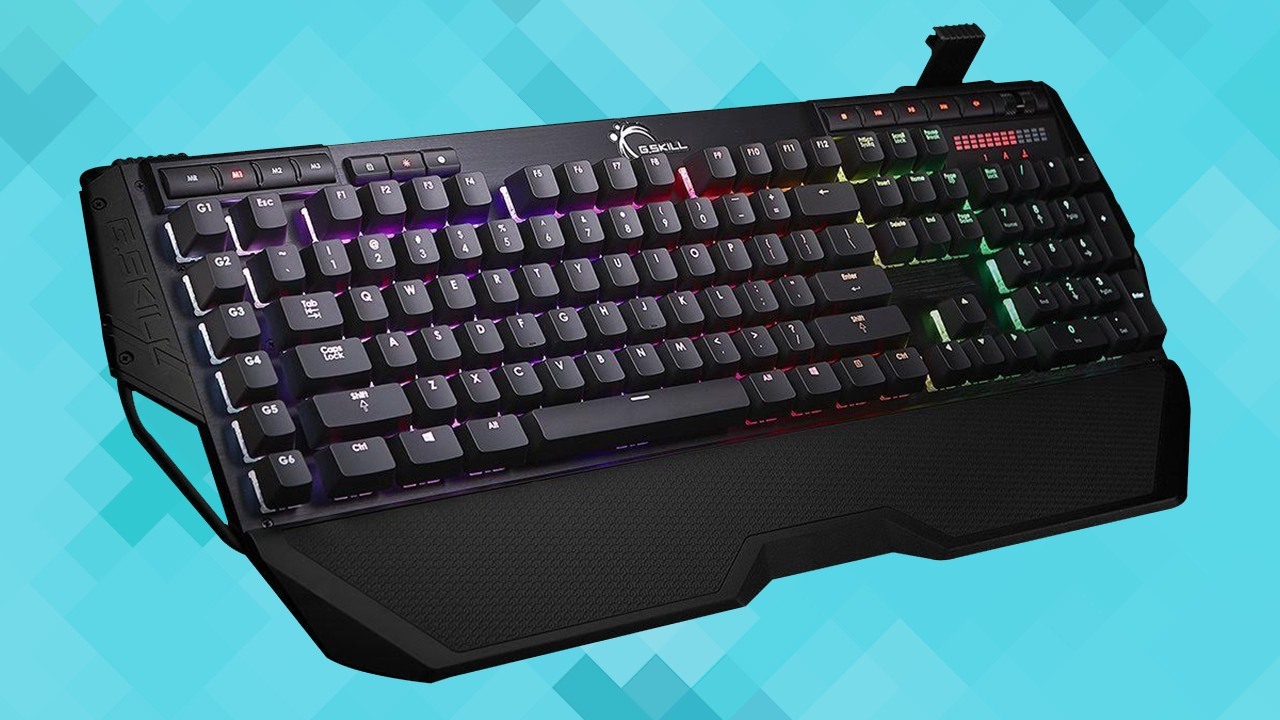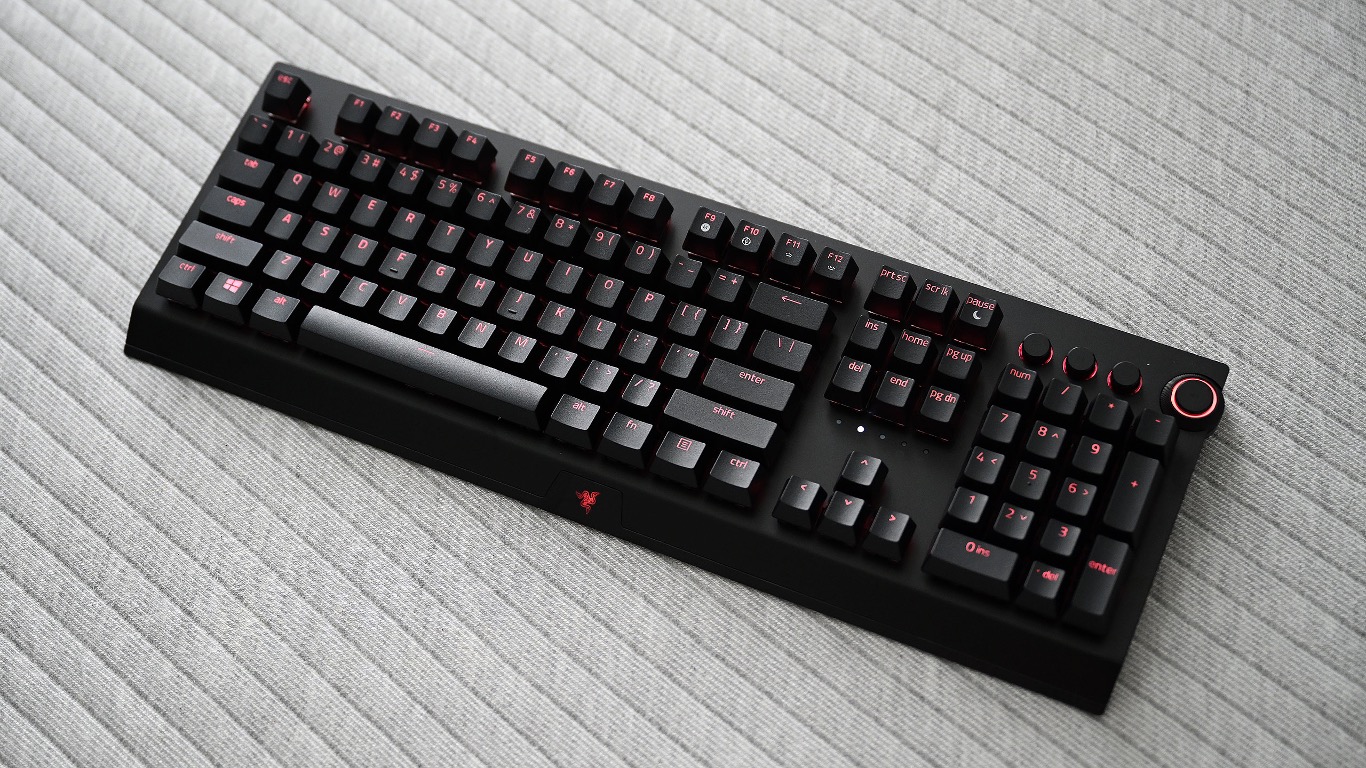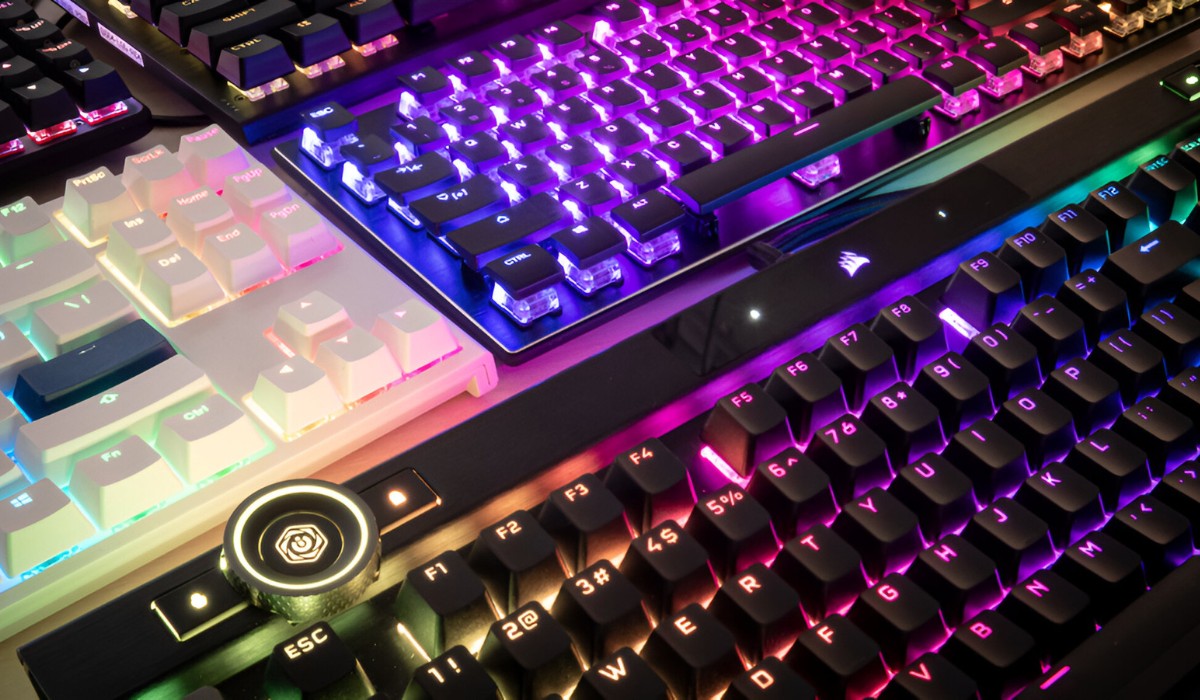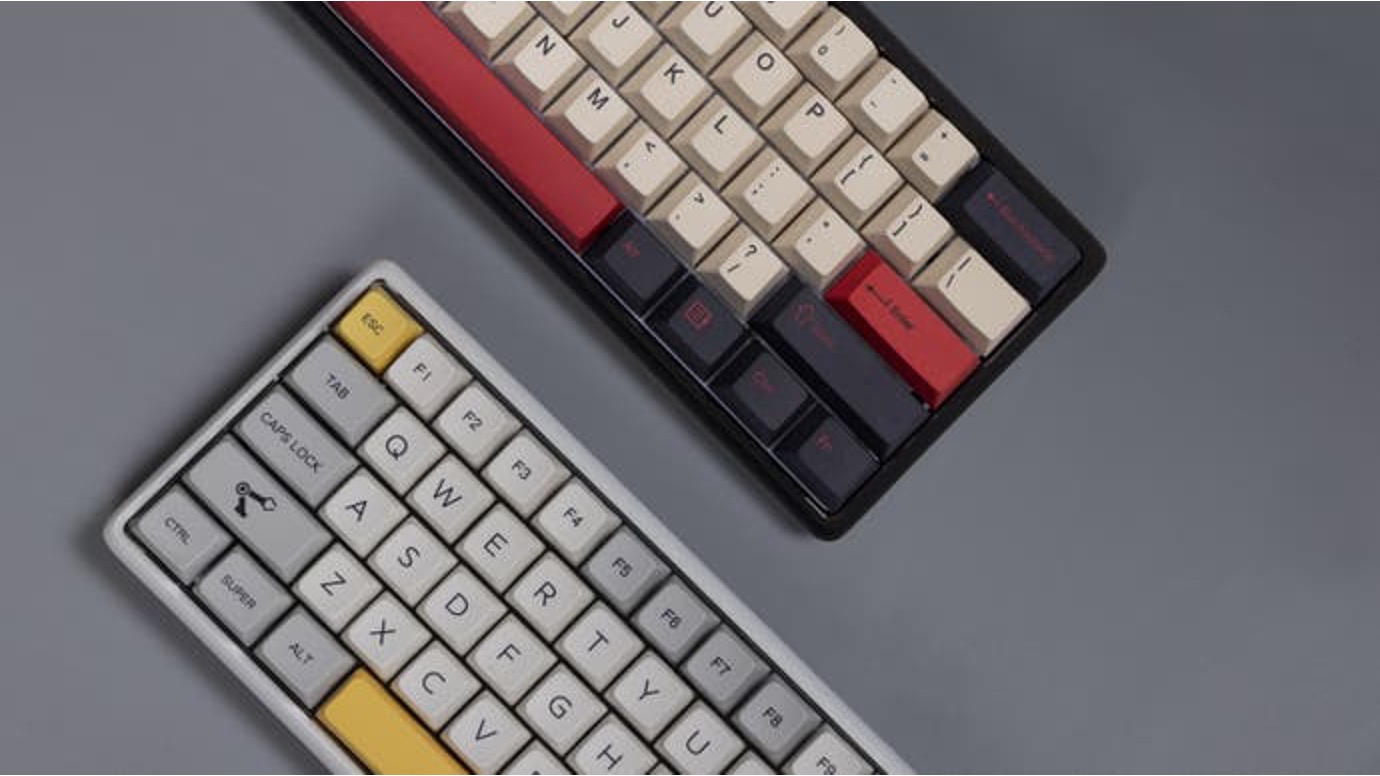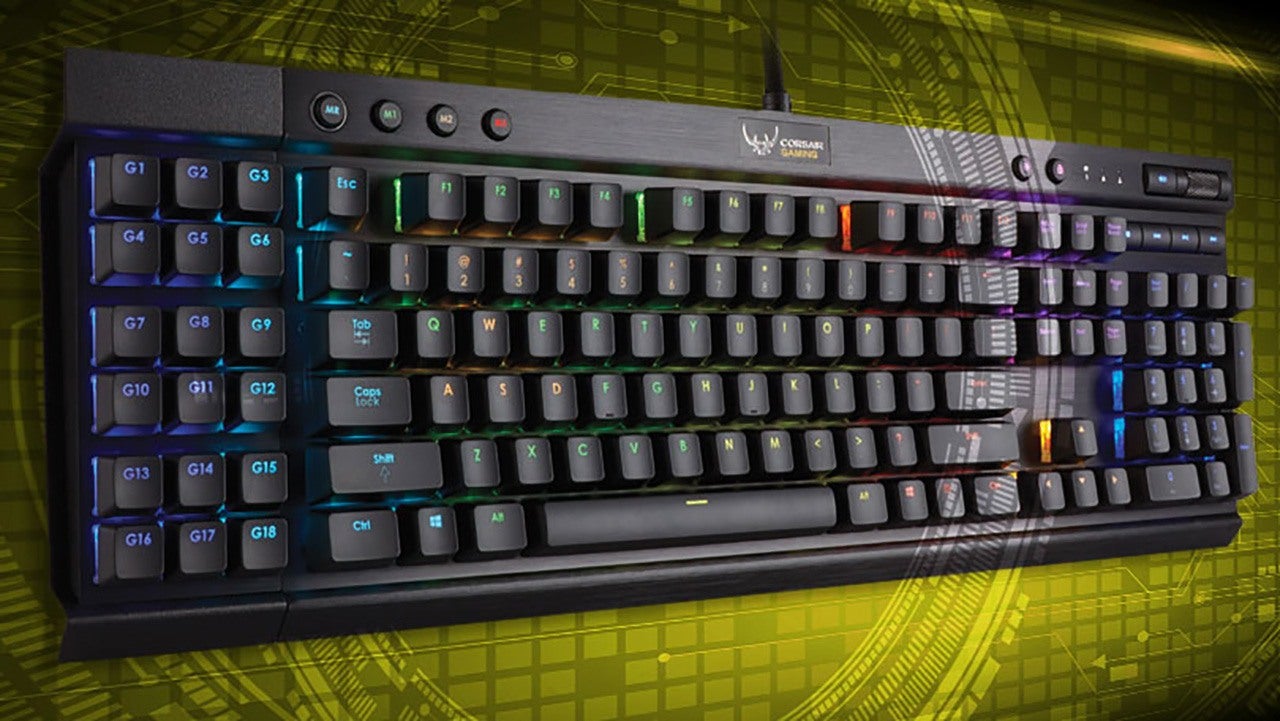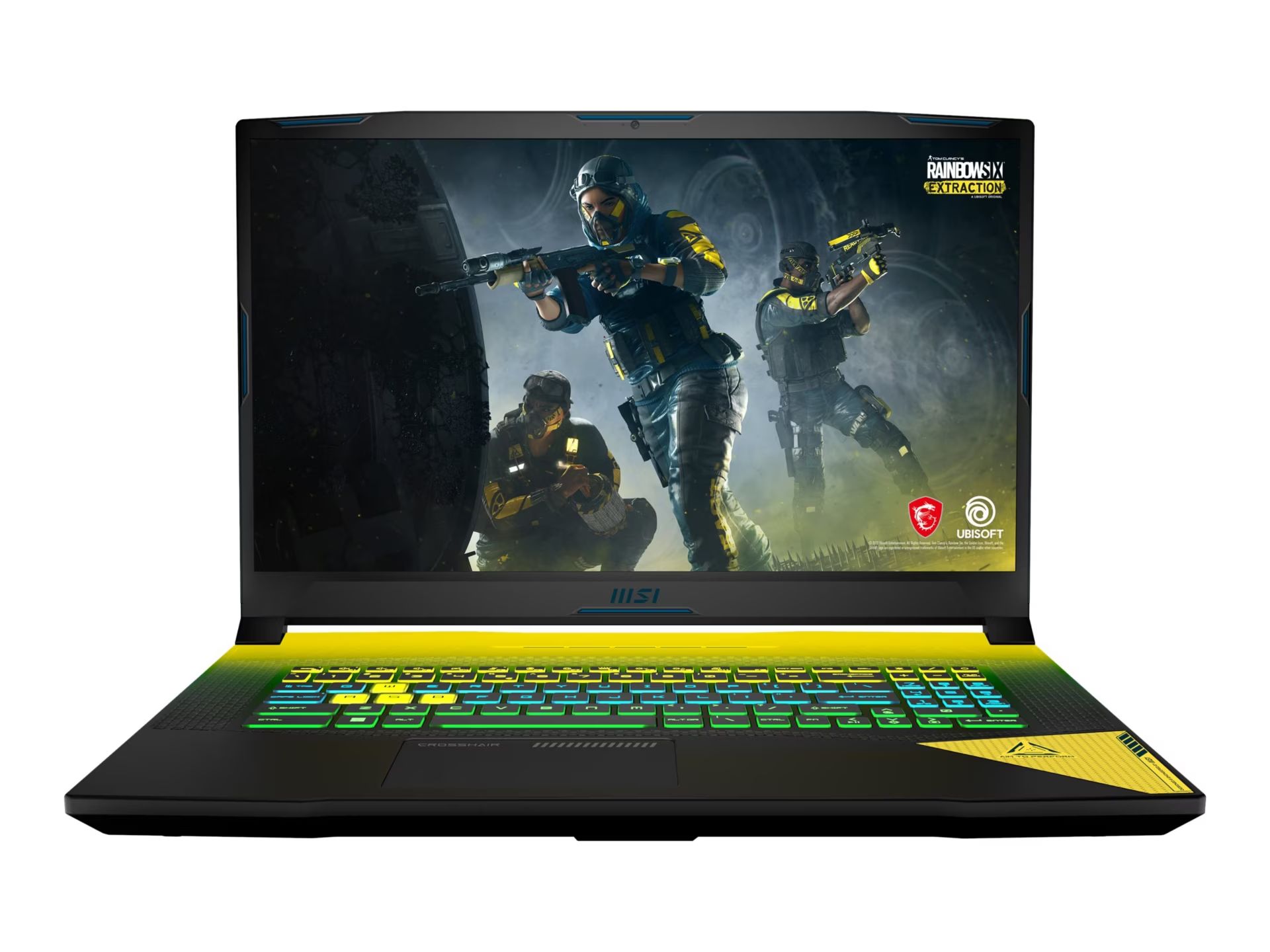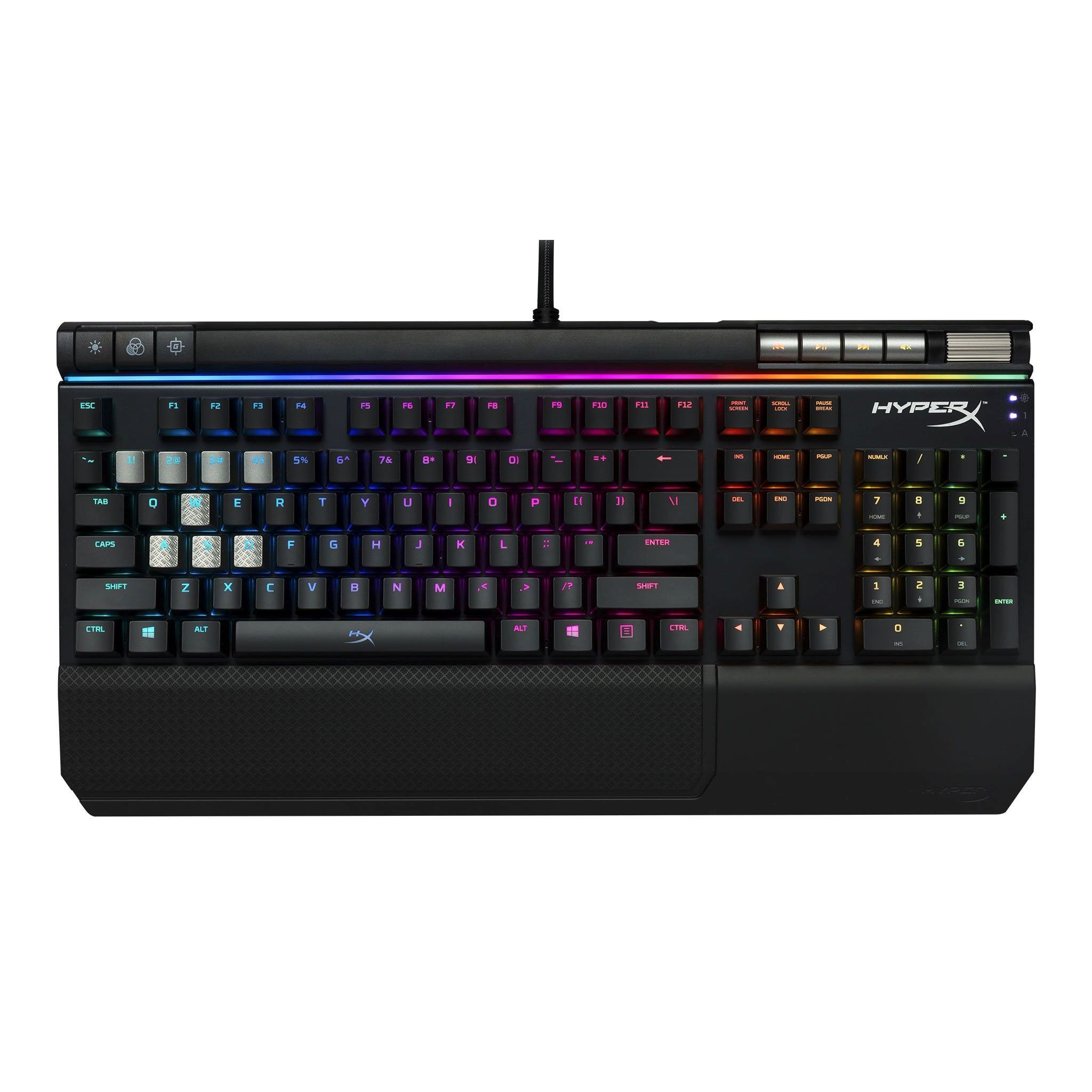Introduction
Welcome to the exciting world of custom gaming keyboards! Building a custom gaming keyboard is not only a fun and rewarding project, but it also allows you to create a personalized keyboard tailored to your unique preferences. Whether you are a gaming enthusiast, a programmer, or simply someone who appreciates the tactile feel of a well-crafted keyboard, this guide will walk you through the process of creating your very own customized gaming keyboard.
As technology continues to evolve, the demand for customizable and high-performance gaming peripherals has surged. A custom gaming keyboard offers a myriad of benefits, including the ability to select the ideal switches, keycaps, and layout to suit your specific gaming or typing style. By embarking on this DIY journey, you will gain a deeper understanding of keyboard mechanics and programming, empowering you to fine-tune every aspect of your keyboard to perfection.
In this comprehensive guide, we will explore the step-by-step process of building a custom gaming keyboard, from selecting the right components to programming and customizing the keyboard to your exact specifications. Whether you are a seasoned DIY enthusiast or a newcomer to the world of custom keyboards, this guide is designed to provide valuable insights and practical tips to help you bring your dream keyboard to life.
Throughout this journey, we will delve into the intricacies of choosing the right components, building the keyboard frame, installing switches and keycaps, programming the keyboard, and finally, testing and customizing the keyboard to ensure it meets your expectations. By the end of this guide, you will not only have a fully functional custom gaming keyboard but also a newfound sense of accomplishment and pride in having crafted a unique and personalized peripheral that reflects your individuality.
So, roll up your sleeves, gather your tools, and let's embark on this exhilarating adventure of creating a custom gaming keyboard that perfectly complements your gaming style and personality. Get ready to unleash your creativity and technical prowess as we dive into the fascinating world of DIY keyboard customization!
Choosing the Right Components
When embarking on the journey of building a custom gaming keyboard, selecting the right components is crucial to achieving the desired performance, aesthetics, and tactile experience. From switches and keycaps to PCBs (printed circuit boards) and stabilizers, each component plays a pivotal role in shaping the overall functionality and appearance of your custom keyboard.
Switches: The choice of switches significantly influences the typing or gaming experience. Whether you prefer the audible click of tactile switches, the smooth actuation of linear switches, or the quiet operation of silent switches, it’s essential to consider factors such as actuation force, travel distance, and tactile feedback when selecting the ideal switches for your custom keyboard.
Keycaps: Keycaps not only contribute to the visual appeal of the keyboard but also affect the overall feel and sound of typing. From ABS (acrylonitrile butadiene styrene) to PBT (polybutylene terephthalate) keycaps, each material offers distinct characteristics in terms of durability, texture, and sound profile. Additionally, choosing the right keycap profile, such as OEM, Cherry, or SA, can further enhance the ergonomic and aesthetic aspects of your keyboard.
PCB and Controller: The PCB serves as the backbone of the keyboard, facilitating the electrical connections between the switches and the computer. When selecting a PCB, consider factors such as programmability, compatibility with different layouts, and support for custom firmware. Additionally, the choice of controller, whether it’s a pre-assembled microcontroller or a DIY option, can impact the keyboard’s customization potential and functionality.
Stabilizers: Stabilizers are essential for larger keys such as the spacebar, shift, and enter keys, ensuring consistent and smooth keypresses. Choosing the right stabilizers, whether they are plate-mounted or PCB-mounted, can minimize key wobble and enhance the overall typing experience by providing a balanced and stable feel across all keys.
By carefully considering and selecting the right components based on your preferences and intended usage, you can lay a solid foundation for creating a custom gaming keyboard that not only meets but exceeds your expectations. The next step in the journey involves bringing these components together to construct the keyboard frame, a pivotal stage in the process of crafting your personalized gaming peripheral.
Building the Keyboard Frame
Constructing the keyboard frame is a critical phase in the process of building a custom gaming keyboard. The frame not only provides structural support but also determines the overall aesthetics and ergonomics of the keyboard. Whether you opt for a traditional 60% layout, a compact 65% layout, or a full-sized layout, the construction of the frame sets the stage for the integration of switches, keycaps, and other essential components.
Material Selection: When building the keyboard frame, the choice of materials such as aluminum, steel, acrylic, or polycarbonate can significantly impact the keyboard’s weight, durability, and visual appeal. Each material offers distinct characteristics, from the robustness of aluminum to the transparency of acrylic, allowing you to tailor the keyboard’s appearance and feel to your liking.
Layout and Mounting Style: The layout and mounting style of the keyboard frame play a pivotal role in determining the positioning of the switches and stabilizers. Whether you prefer a top-mount, tray-mount, or gasket-mount design, each style influences the typing feel and sound profile of the keyboard, offering opportunities for customization and fine-tuning to achieve the desired tactile experience.
Customization Potential: Building the keyboard frame presents an opportunity for customization, allowing you to incorporate unique design elements such as underglow RGB lighting, custom engraving, or modular components. The ability to personalize the frame not only adds a touch of individuality to the keyboard but also enables you to create a visually striking and functionally tailored peripheral.
Assembly and Integration: Assembling the keyboard frame involves meticulous attention to detail, ensuring precise alignment of mounting points, plate compatibility, and structural integrity. Whether you choose to solder the switches directly to the PCB or opt for a hot-swappable design, the assembly process sets the stage for the seamless integration of switches and keycaps, culminating in a cohesive and visually appealing keyboard layout.
By meticulously crafting the keyboard frame and considering factors such as material selection, layout, customization potential, and assembly, you can lay the groundwork for a custom gaming keyboard that not only reflects your personal style but also delivers a superior typing and gaming experience. With the frame in place, the next step involves installing switches and keycaps, a pivotal stage in bringing your custom keyboard to life.
Installing Switches and Keycaps
Assembling a custom gaming keyboard involves the meticulous process of installing switches and keycaps, a pivotal stage that directly influences the keyboard’s tactile feel, sound profile, and visual aesthetics. Whether you prefer the crisp actuation of mechanical switches or the smooth operation of optical switches, the installation process plays a crucial role in shaping the overall typing and gaming experience.
Switch Installation: Installing switches requires precision and attention to detail to ensure consistent alignment and proper seating. Whether you opt for soldering switches to the PCB or utilize a hot-swappable PCB, the process involves delicately aligning each switch with the corresponding mounting points, ensuring secure and uniform placement to uphold the structural integrity of the keyboard.
Keycap Selection and Installation: Keycaps not only serve as the interface between the user and the switches but also contribute to the keyboard’s visual appeal and tactile feedback. When selecting keycaps, factors such as material, profile, and compatibility play a crucial role in shaping the overall typing experience. Whether you prefer the sculpted profile of SA keycaps or the low-profile design of DSA keycaps, the installation process involves delicately seating each keycap to ensure uniform height and alignment.
Customization and Personalization: The installation of switches and keycaps presents an opportunity for customization, allowing you to personalize the keyboard’s appearance and feel. Whether you opt for artisan keycaps, custom keycap sets, or novelty keycaps, the ability to tailor the keycap selection to your preferences adds a touch of individuality to the keyboard, reflecting your unique style and personality.
Switch Testing and Debouncing: After installing the switches, thorough testing is essential to ensure proper actuation and debounce performance. Utilizing keyboard testing software or firmware, you can verify the functionality of each switch, identify any potential issues such as key chatter or inconsistent actuation, and fine-tune the keyboard’s performance to deliver a seamless and responsive typing and gaming experience.
By meticulously installing switches and keycaps, you not only bring the keyboard one step closer to completion but also imbue it with a personalized touch that reflects your unique preferences and style. With the switches and keycaps in place, the next phase of the journey involves programming the keyboard, unlocking a realm of customization and functionality tailored to your specific needs and preferences.
Programming the Keyboard
Programming a custom gaming keyboard is a transformative process that empowers you to tailor the keyboard’s functionality, layout, and lighting effects to suit your specific preferences. Whether you are a seasoned programmer or a novice enthusiast, delving into the realm of keyboard programming opens up a world of customization and personalization, allowing you to harness the full potential of your custom peripheral.
Firmware and Key Mapping: The first step in programming the keyboard involves selecting or creating firmware that supports the desired features and key mapping options. Whether you opt for QMK (Quantum Mechanical Keyboard) firmware, VIA software, or other custom firmware solutions, the ability to remap keys, create macros, and define layer configurations empowers you to craft a keyboard layout that aligns with your workflow and gaming preferences.
RGB Lighting and Effects: For keyboards equipped with RGB lighting, programming allows you to customize and synchronize lighting effects, color profiles, and animations. Whether you prefer a dynamic wave effect, a pulsating color scheme, or a static backlighting configuration, the ability to program the RGB lighting adds a layer of visual flair and personalization to your custom gaming keyboard.
Macro and Functionality Customization: Keyboard programming extends beyond key mapping, offering the ability to create complex macros, define function layers, and implement advanced functionality. Whether you require dedicated media controls, programmable shortcuts for productivity applications, or gaming-specific macros, the programming process empowers you to tailor the keyboard’s behavior to your specific use cases.
Compatibility and Integration: When programming the keyboard, ensuring compatibility with different operating systems, applications, and gaming platforms is essential. Whether you are customizing the keyboard for Windows, macOS, or Linux, the ability to seamlessly integrate the programmed functionality across diverse environments ensures a consistent and reliable user experience.
By immersing yourself in the process of programming the keyboard, you not only unlock a wealth of customization and functionality but also gain a deeper understanding of keyboard firmware, coding principles, and software integration. With the keyboard programmed to your specifications, the final phase of the journey involves testing and customizing the keyboard to ensure it meets your expectations and delivers a truly immersive and personalized typing and gaming experience.
Testing and Customizing the Keyboard
As you near the completion of your custom gaming keyboard, the crucial steps of testing and customizing ensure that the keyboard not only meets your expectations but also delivers a seamless and personalized user experience. From validating the functionality of each key to fine-tuning the keyboard’s settings and aesthetics, this phase marks the culmination of your efforts, ensuring that your custom creation aligns perfectly with your unique preferences.
Key Functionality Testing: Thoroughly testing each key’s functionality is paramount to identifying any potential issues such as key chatter, inconsistent actuation, or non-responsive keys. Utilizing keyboard testing software or firmware, you can meticulously verify the performance of each key, ensuring that the keyboard delivers a reliable and responsive typing and gaming experience.
Customization Validation: With the keyboard’s functionality validated, the next step involves ensuring that the programmed features, key mappings, macros, and lighting effects align with your specific requirements. By validating the customization settings, you can fine-tune the keyboard’s behavior to suit your workflow, gaming style, and aesthetic preferences, ensuring a cohesive and personalized user experience.
Ergonomic Adjustments: Customizing the keyboard extends to ergonomic considerations, such as adjusting the keyboard’s tilt, positioning, and wrist support to promote comfortable and healthy typing posture. By fine-tuning the keyboard’s physical setup, you can optimize comfort and reduce the risk of strain during extended typing or gaming sessions.
Aesthetic Enhancements: Customizing the keyboard’s visual appeal involves exploring additional aesthetic enhancements such as artisan keycaps, custom cable options, or themed keycap sets. By infusing a touch of visual flair and personalization, you can elevate the keyboard’s appearance, transforming it into a unique and eye-catching peripheral that reflects your individual style.
By meticulously testing and customizing the keyboard, you ensure that your custom creation not only meets the highest standards of functionality and performance but also embodies your unique preferences and personality. With the keyboard validated and tailored to perfection, you can revel in the satisfaction of having crafted a custom gaming keyboard that seamlessly integrates with your gaming setup and enhances your overall typing and gaming experience.







